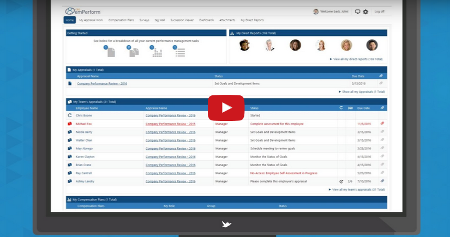How to Give 360° Feedback to Your Peers Feedback is a vital component of a productive workplace. In the past, feedback has been mostly limited to owners or higher-ups commenting on the performance of those they manage. However, more managers are now embracing the idea of the 360° feedback concept, where peers are encouraged to […]
Improve Your Coaching Skills by Understanding the Psychology of Feedback. Do you ever wonder why it’s so difficult to give and receive feedback in the workplace? Many owners and managers struggle with pointing out areas of improvement for their employees. Employees, in turn, often have a hard time hearing they aren’t performing up to standards […]
CALIBRATION ADDS VALIDITY We asked leading Author and long-time emPerform Partner, Marnie Green, for her advice on helping to increase the accuracy & consistency of performance ratings. Here is what she said! How to Increase Consistency in Performance Ratings By: Marnie E. Green, CSP, IPMA-CP In focus groups with employees, we often ask, “What would […]



